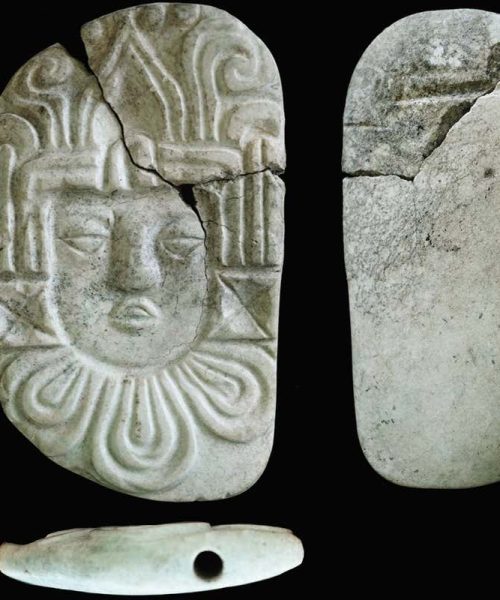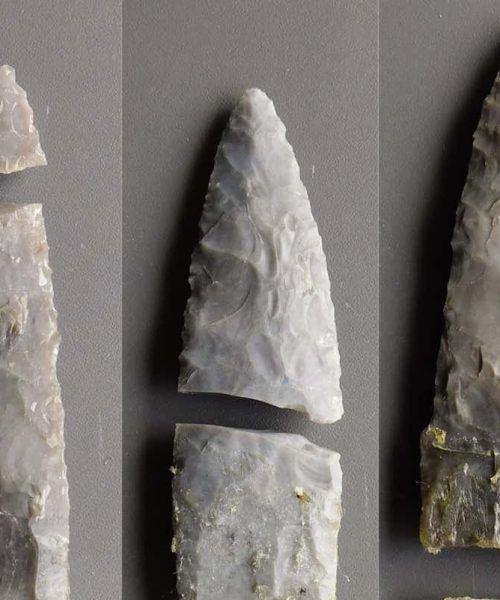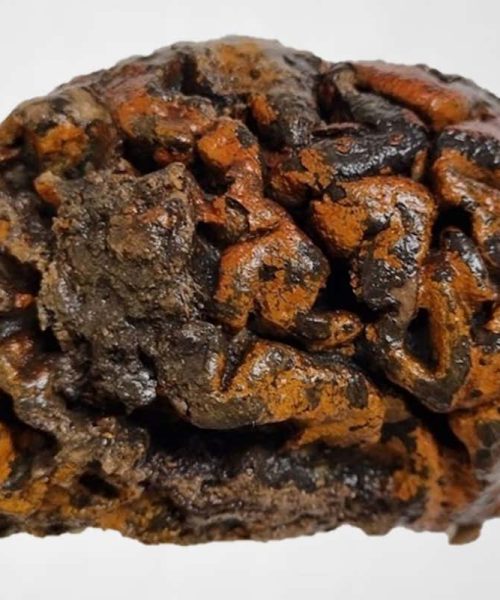
Spices were traded between south Asia and South-East Asia more than 3000 years ago
Peter Schickert/Westend61/Getty Images
People may have been cooking curries in South-East Asia for at least 2000 years, according to traces of spices found on freshly unearthed stone tools in Vietnam.
During their digs at the Oc Eo archaeological site in southern Vietnam, Hsiao-chun Hung at the Australian National University in Canberra and her colleagues uncovered several sandstone grinding tools alongside remnants of spices.
An analysis of 717 grains of starch recovered from the tools revealed eight types of spices: turmeric, ginger, galangal, sand ginger, fingerroot, clove, nutmeg and cinnamon. Many of the grains also showed signs of deformation, which suggests that they were damaged from grinding and look similar to the starch granules found in modern curry powder.
Advertisement
“This finding strongly suggests that the ancient inhabitants of Oc Eo utilised turmeric, ginger and other spices like cinnamon, clove and nutmeg as essential ingredients in their culinary practices, highly likely in the preparation of curry,” says Hung.

A sandstone grinding slab found at Oc Eo in Vietnam, on which traces of spices were identified
Khanh Trung Kien Nguyen
Maritime trading routes between South-East Asia and south Asia were established more than 3000 years ago, with spices such as nutmeg and clove coming from Indonesia and others such as turmeric and cinnamon from south Asia.
Stone grinding tools first appeared in South-East Asia 2000 to 3000 years ago, along with other cultural elements originating in south Asia, such as Indian ornaments and religious monuments. Therefore, it is highly probable that these tools, spices and recipes were introduced to the region by migrants or travellers from south Asia, says Hung. The spices found at Oc Eo probably came from traders, but could have been grown locally from seeds brought by traders, say the researchers.
The findings provide valuable information about the dietary habits of South-East Asian societies at the time and also offer a glimpse into the cultural and trading connections between different regions over thousands of years, says Hung.
Topics:





